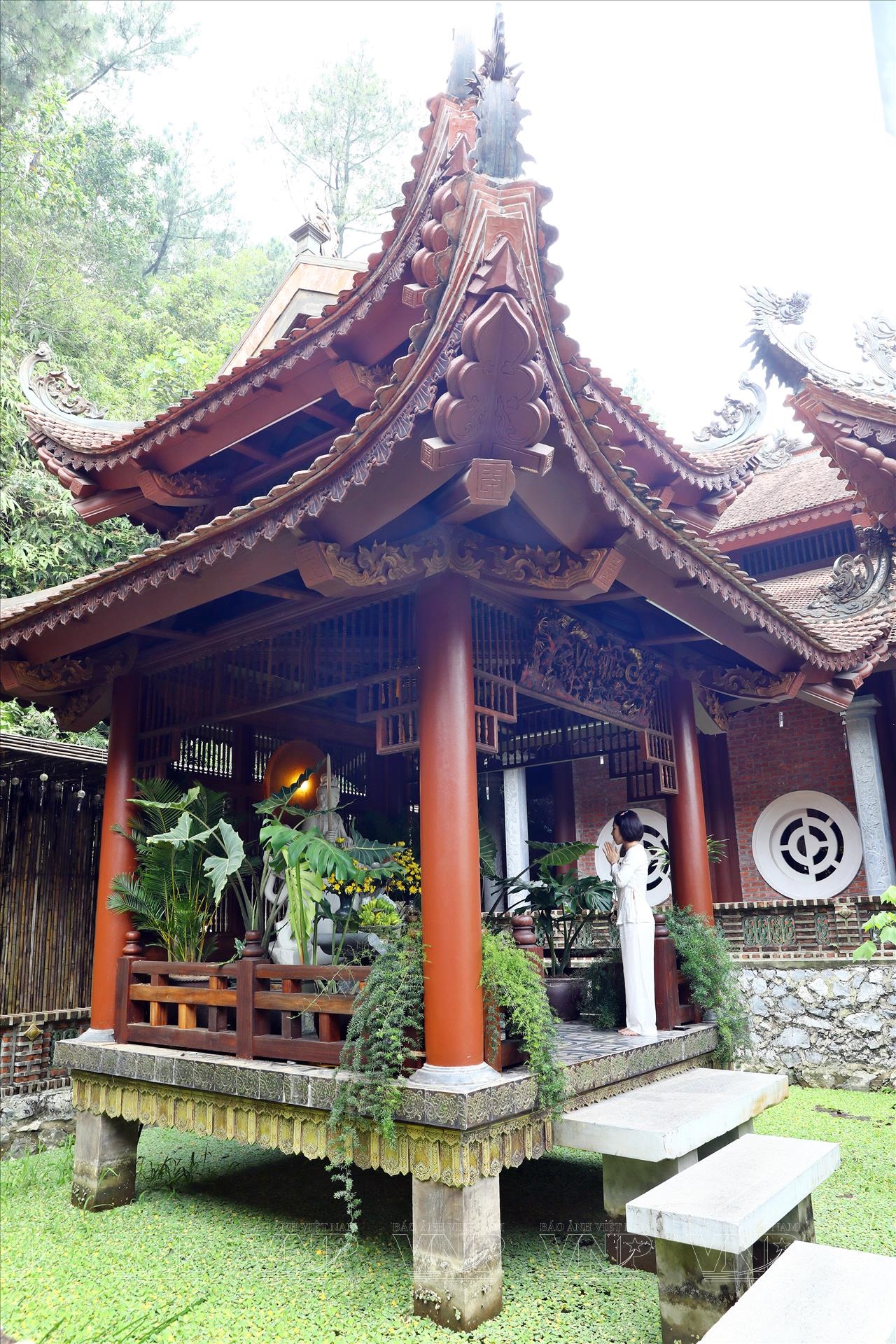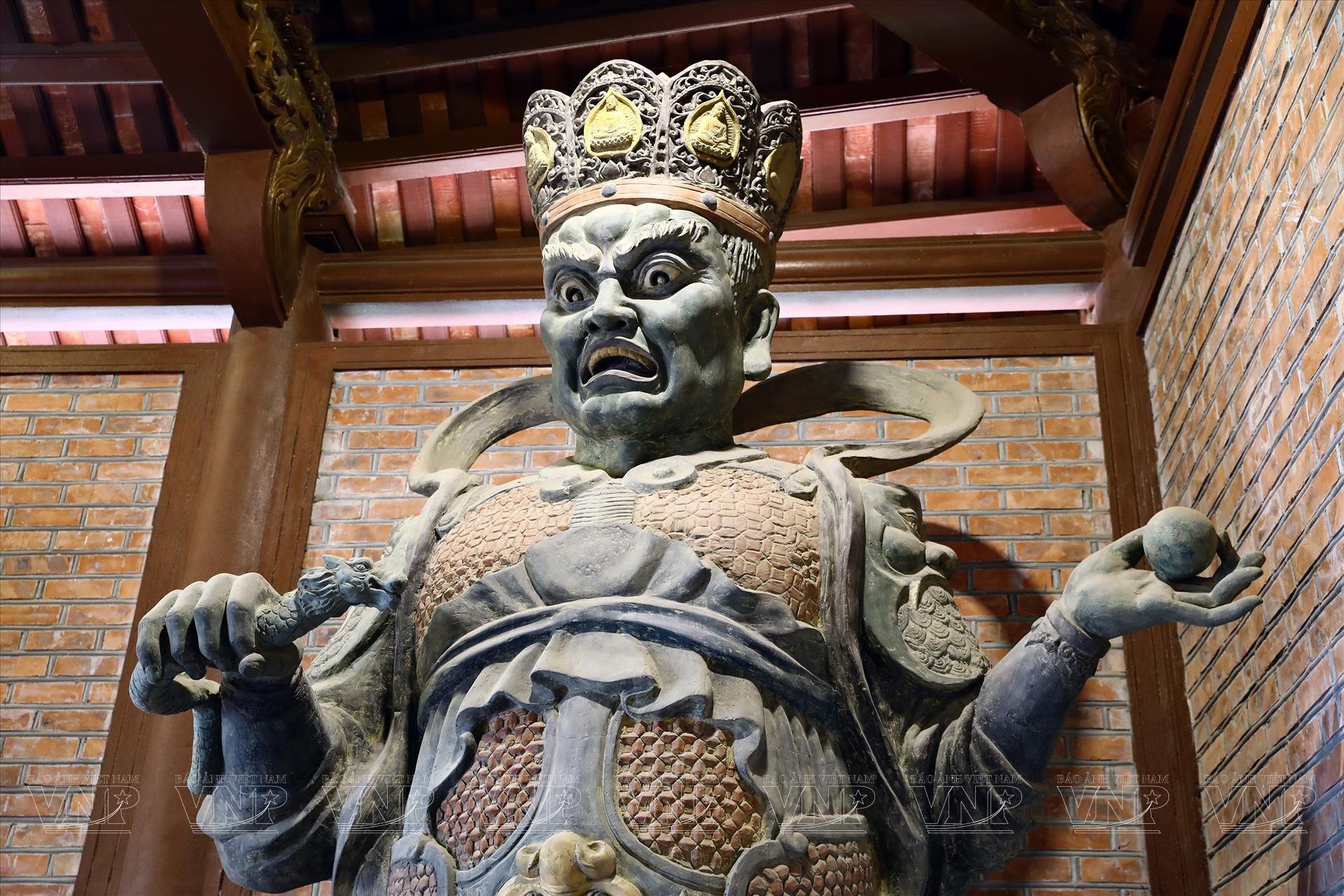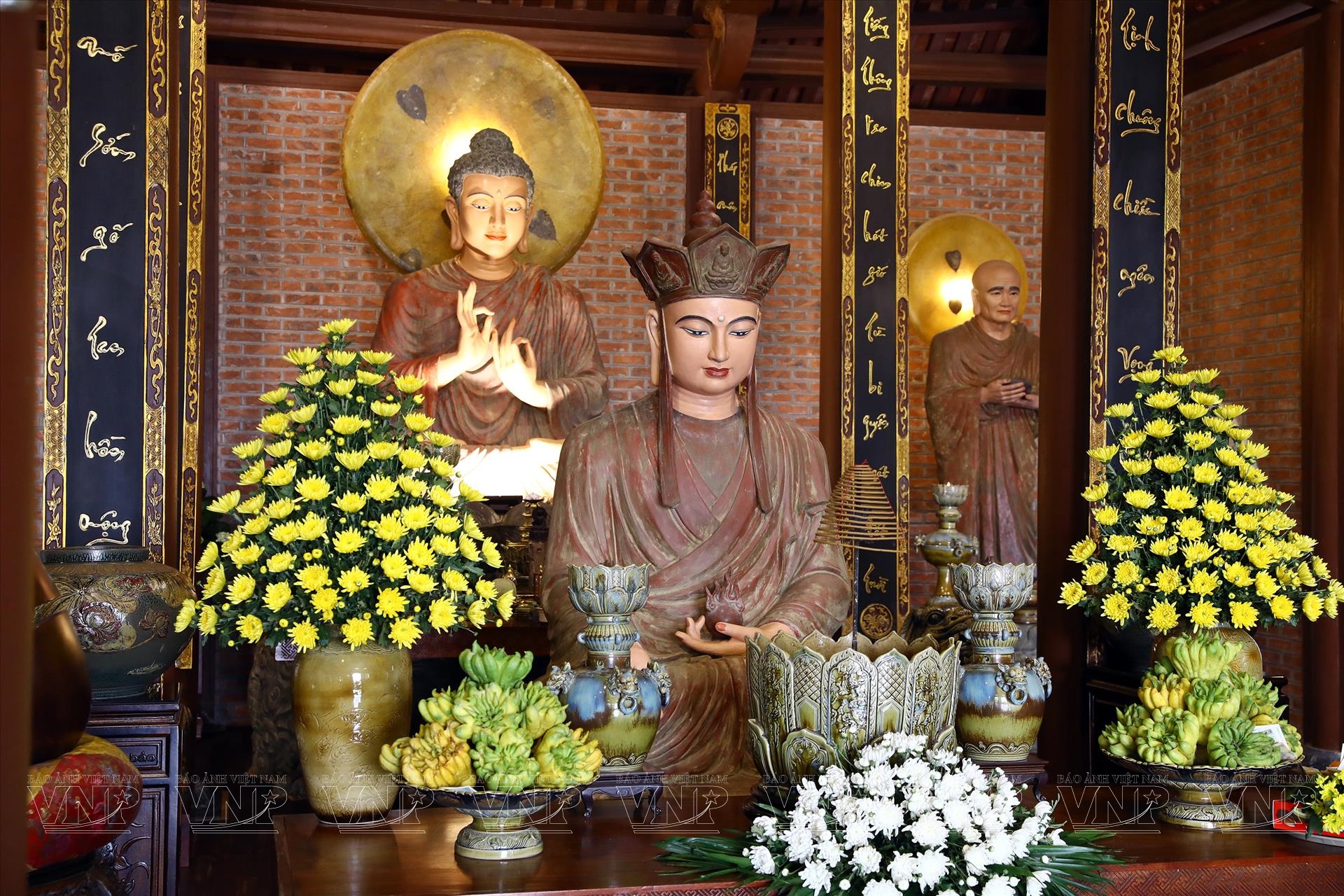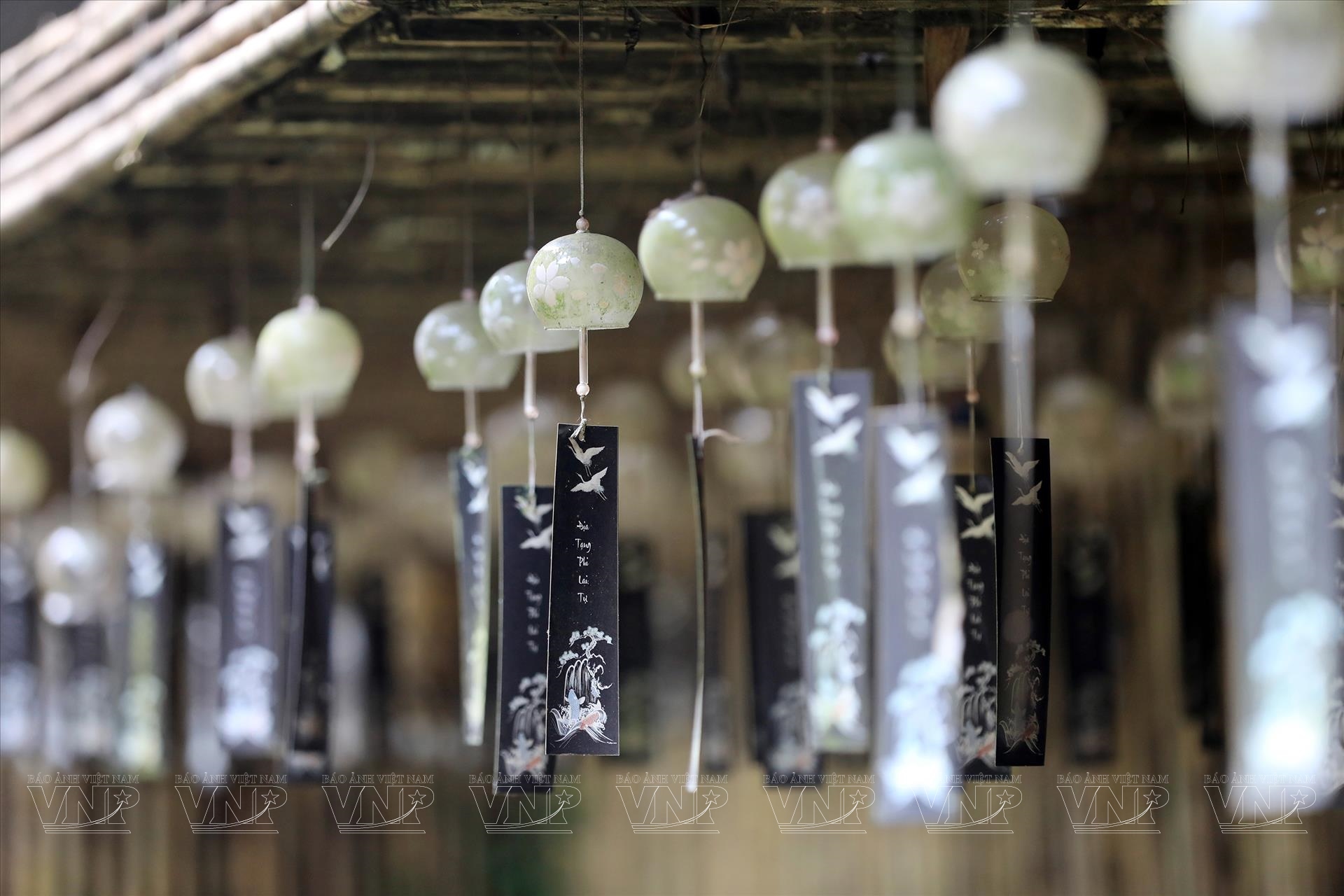Dia Tang Phi Lai Pagoda – A Tourist Attraction in Ha Nam
Located in Ninh Trung village, Liem Son commune, Thanh Liem district, Ha Nam province, Dia Tang Phi Lai pagoda (whose ancient name is Dzung pagoda), around 70km from Hanoi, is famous for housing many sacred and historical artifacts.
The pagoda leans against the mountain and its two sides are mountain ranges. It is hidden among pine forests at the foothill, creating a peaceful and tranquil atmosphere. According to Eastern feng shui, the location can be interpreted as having a dragon to the left, and white tiger to the right.
According to the elders in Ninh Trung village, the pagoda was built in the 11th century with over 100 compartments. It was the place where King Tran Nghe Tong (1372-1394) lived in seclusion and King Tu Duc prayed for having children. In December 2015, Venerable Thich Minh Quang upgraded Dzung pagoda and renamed it Dia Tang Phi Lai.
Visiting the pagoda, visitors will be surprised by the path leading to the pagoda which is covered in gravel instead of being paved with red bricks like other pagodas. The layout of the pagoda also is different.
In front of the main chamber, twelve circles are drawn on the gravel background, featuring twelve human destinies. The statue of Bodhisattva Ksitigarbha is placed solemnly inside the chamber.
On the right of the main chamber, the ancestral hall is a worshipping place for 42 generations of monks of the pagoda. There is a small hall dedicated to Quan The Am (Avalokitesvara Bodhisattva), Duc Ong and Duc Thanh Hien, a housing area for monks and nuns and Buddhists followers in the pagoda, a lecture hall where Buddhist followers listen to the head monk’s daily sermon and a guest house for tourists and those participating in retreats and experiences at the pagoda.
The story of the artifacts found at Dung Pagoda has many interesting historical facts. Historian Le Van Lan said that only with his eyes could he see this was a land of martial arts and gathering the elites of heaven and earth. It was a very convenient place to build a religious center. According to the historian, this land was once mentioned in Nguyen Trai's book "Du dia chi" with the name Doi, Diep (Diep Son, Doi Son) and was known as the southern fence of the Thang Long capital thanks to the mountain range which arose in the middle of the plains.












